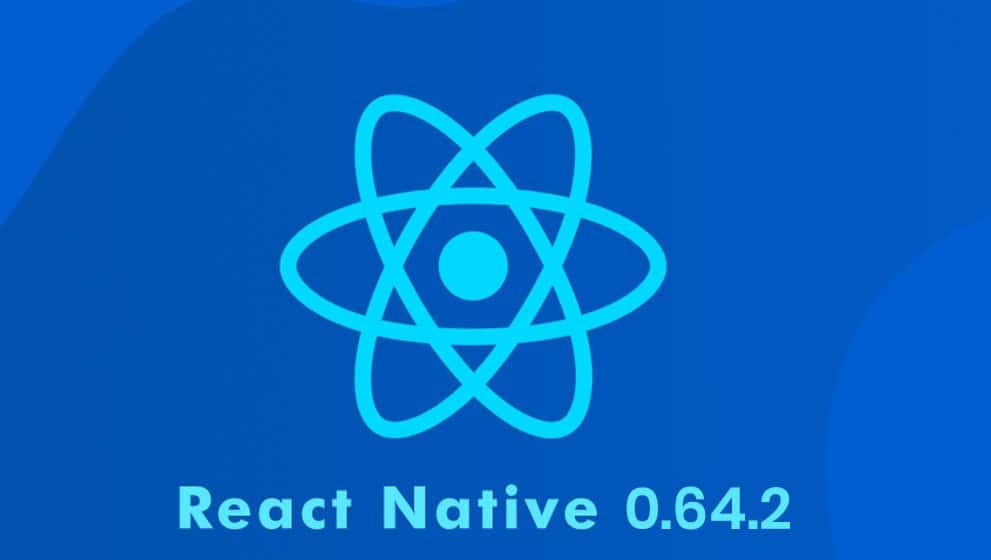Out of all the JavaScript frameworks, it is the React Native that has way more popularity than others. It provides a huge range of flexibility to the developers. Hence, building any kind of software on this cross platform is much easier.
Recently, the manufacturer has launched the new React Native version- the 0.64.2 version. It is full of upgrades and new features that will make your work more flexible. So, rather than wasting any more time, let’s have a look at this new version. After all, to understand the hidden gems of React Native, having more clarification about the new and updated version is important.
What are the latest additions in React 0.64.2 version?
In this section, we will mainly focus on the top features added in the 0.64.2 version of React Native. This will help you understand the differences between the previous versions and this new one.
Introduction of Hermes support for iOS
In earlier times, the React Native applications didn’t perform well at the time of opening. The startup time was too long that affected the customer satisfaction pretty badly. That’s why a new open-source JS engine is integrated into React Native.
It has reduced the startup time, thereby allowing the app or website to open up at the earliest. Further, with Hermes, the overall dynamic memory usage has reduced by ten folds. Due to less memory consumption, the software navigation and loading speed have increased a lot.
The app’s downloadable size has reduced. So, as a user, you won’t have to wait for long time to open and use it. Hermes was there in React Native since a long time. But it was made available only for Android. That’s why it has been extended for iOS support.
Removal of API support
All the APIs present in React Native were mostly supervised and supported by Facebook. But in the 0.64.2 version, the company has withdrawn their support. As a result, android app users may find a few problems in using the software unit.
However, with the integration of CocoaPods 1.10.0 version and Xcode 12, you can use these APIs once again. There is no need for relying on Facebook support for using and implementing them in your app.
Furthermore, React Native upgrades are mainly for iOS. That’s why with support withdrawal, software developers can now use the APIs for iPhone dedicated apps and websites. In addition, you can also use the Flipper app where all these extensions are loaded by default.
Adding more changes in the JSX Transforms
Earlier the compiler would change JSX into native React function calls. For example, a code line saying return <h1>Hello World</h1> was converted into return React.createElement(‘h1’, null, ‘Hello world’).
Hence, to use the JSX feature, the compiler needs to import React as all the function calls are based on this framework. But in the new React version of 0.64.2, the JSX Transform can work independently.
Consider the same example. If we write a code like return <h1>Hello World</h1>, the new JSX will be implemented as return _jsx(‘h1’, { children: ‘Hello world’ }). Therefore, there is no need to import React function calls for the compiler to display proper results.
Introducing the proxy supports for Hermes
Proxies are very important for writing codes that can be run on different platforms with ease. That’s why React Native has proper proxies dedicated for the Hermes platform. Hence, you can import and run any project on it without any special integration or implementation.
For example, if you were working on the React Native Firebase, you can now import it to Hermes. This is only possible due to the integration of several proxies that will prevent any issue.
Enabling the inline requirement in the framework
In the new version, the Inline will need a metro configuration for functioning properly. Therefore, it will reduce the start time as the JS modules will be activated only when the user asks for the same. The compiler won’t run all the modules together to deliver a particular result.
Therefore, compilation and execution time will be reduced. Also, with the Inline addition, you can debug the codes easily in case there is an app failure. So, using the React Native version 0.64.2 is imperative for both Android and iOS developers.
How can you upgrade your React Native tool to its new version?
Many times when you upgrade any programming tool, the existing projects will suffer badly. Sometimes, the stored files can become corrupt. That’s why you need to know the proper ways of upgrading the React Native to its latest version of 0.64.2.
- You need a special tool, the React Native Upgrade Helper. It will help you upgrade the stored and ongoing projects first. Therefore, no major changes or corruption will be there in the projects.
- Once done, you can proceed with the platform upgrades. During this, several files will be highlighted. These files should be upgraded with ease. Therefore, you can keep a track of the same.
- Once the upgrade is complete, you can easily integrate iOS codes for same functionalities, thanks to Hermes platform.
Final thoughts
The React Native 0.64.2 version has become quite popular amongst the software engineers and developers. This particular platform will now help you write native codes for both Android and iOS. Therefore, you won’t have to write the codes separately. Moreover, you can import the existing Android projects and add codes for iOS easily.









